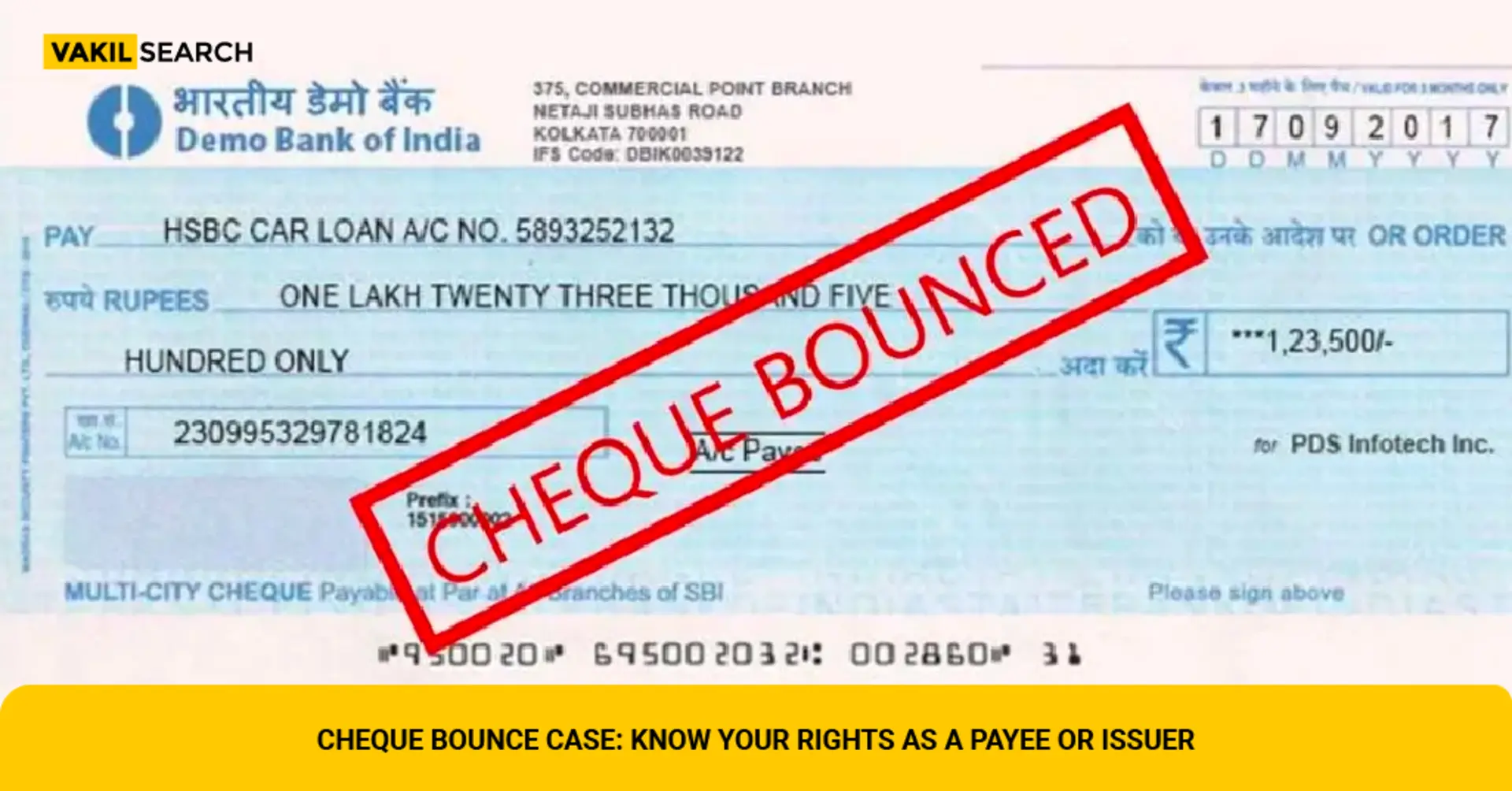
In a significant development, the Punjab and Haryana High Court has ordered the removal of barricades at the Shambhu border, bringing relief to thousands of commuters affected by the long-standing blockade. The decision comes after more than five months of road closures, initially implemented to prevent farmers from staging protests.
Court Takes Action on Public Concerns
A division bench of the high court, responding to multiple petitions, directed the governments of Punjab and Haryana to work together in removing the barricades. This ruling addresses growing concerns about traffic disruptions and their impact on daily life. The court had previously asked both states to submit detailed affidavits explaining the timeline of the highway closures and their expected duration.
The bench emphasized the inconvenience caused to the public, stating, "It is pointed out that the highways/national highways at the Shambhu border continue to be blocked, which is causing inconvenience to the commuters." This acknowledgment highlights the court's awareness of the situation's broader implications on citizens' daily lives.
Balancing Protest Rights and Public Convenience
One of the key petitions, filed by city-based advocate Uday Pratap Singh, sought an urgent interim order to halt "obstructive actions" by the governments against farmers' "peaceful" protests. The petition underscored how the road blockade not only inconvenienced locals but also hindered the movement of essential vehicles like ambulances and school buses.
This court order attempts to strike a balance between the right to protest and the need to maintain public convenience. By ordering the removal of barricades, the court aims to restore normal traffic flow while acknowledging the farmers' right to peaceful demonstration.
Looking Ahead: Implications of the Court's Decision
As the detailed court order is awaited, the focus now shifts to how quickly and effectively the state governments will implement this directive. The removal of barricades is expected to significantly ease travel between Punjab and Haryana, benefiting commuters, businesses, and emergency services.
This decision also sets a precedent for handling similar situations in the future, emphasizing the need to balance protest rights with minimal public disruption. As the barricades come down, it remains to be seen how this will affect the ongoing farmer protests and whether alternative methods of demonstration will be adopted. The court's intervention marks a crucial step towards normalizing the situation at the Shambhu border, potentially paving the way for improved dialogue between protesters and authorities while ensuring that the general public's daily life is not severely impacted.














